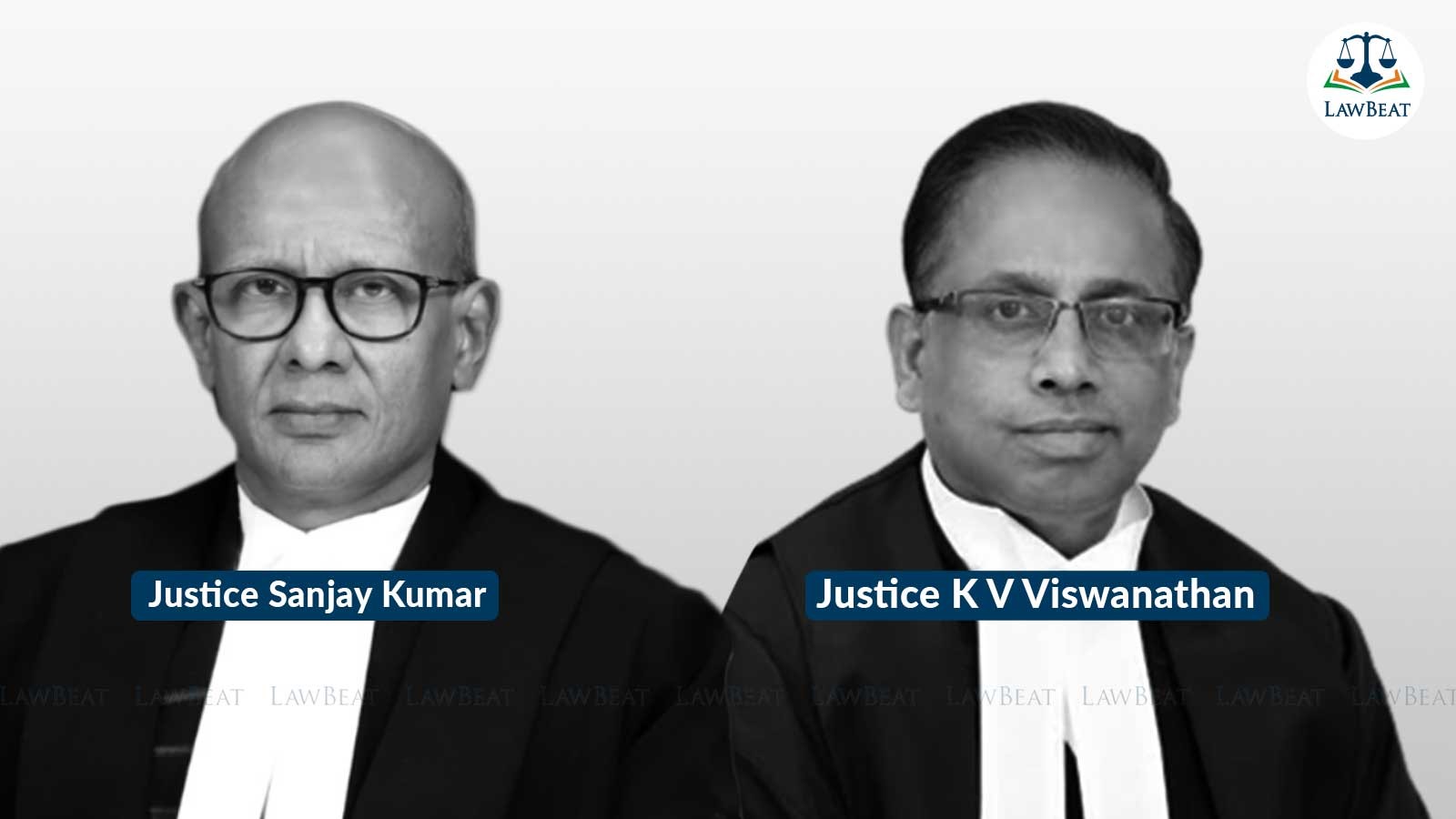Justice PV Sanjay Kumar & Justice KV Vishwanathan’s Address on "Contours of the Basic Structure” & "Perspectives of the Legal Dimension of Climate Change”

Justice Kumar emphasised that by curbing the power of amendment courts safeguard the sovereignty of the people and protect the Constitution from being overstepped, while Justice Vishwanathan underscored the debate in India regarding the need for exclusive climate change legislation
The Confederation of Alumni for National Law Universities (CAN Foundation), in collaboration with the National Academy of Legal Studies and Research (NALSAR) in Hyderabad and Dharmashastra National Law University in Jabalpur, hosted the 4th Justice HR Khanna Memorial National Symposium. The event, held as a tribute to the extraordinary legacy of the late Justice HR Khanna, a towering figure in the Indian judiciary, featured two engaging sessions.
Justice PV Sanjay Kumar addressed the session titled "Contours of the Basic Structure," emphasising the enduring inspiration of Justice Khanna for the judicial fraternity. Justice Kumar lauded Justice Khanna as an undying source of inspiration, an icon, and an ideal for the judiciary. He discussed the concept of constitutional amendments, noting that several constitutions worldwide impose explicit limits on the extent to which their provisions can be amended. These limits, known as eternal or eternity clauses, are present in the constitutions of countries such as Germany, Bosnia & Herzegovina, Afghanistan, Turkey, and Brazil.
Highlighting the role of judicial review, Justice Kumar pointed out that “Some constitutions also validated Judicial Review of the constitutionality of amendments, however, even when a constitution is silent as to the authority of the court to review the validity of constitutional amendments, courts have not interpreted such silence to mean that they have no authority to do so.” He cited Germany and Austria as examples where courts have assumed the power to review constitutional amendments despite the absence of explicit provisions.
Justice Kumar then addressed the unique situation of India's Constitution, which does not contain eternity clauses but allows for constitutional amendments. He referred to the landmark Supreme Court case, Kesavananda Bharati v. State of Kerala, where the Court interpreted the term "amendment" to mean that the original Constitution must remain intact. The power of amendment, as defined in this case, does not extend to creating a new constitution but is limited to making changes while preserving the basic structure of the Constitution.
Critics argue that courts should not create judicial eternity clauses when the Constitution itself is silent on the matter. They contend that courts should focus solely on whether formal procedural conditions for amendments have been met. Justice Kumar countered this argument by emphasising the connotation of the word "amend," which implies making changes but not enacting a completely new constitution. He argued that by curbing the power of amendment to prevent the establishment of a new constitution, courts safeguard the sovereignty of the people and protect the Constitution from being overstepped by bodies created by it.
Justice Kumar concluded by stating that “The court is not protecting itself but protecting fundamental principles such as independence of the judiciary and the rule of law which form the mosaic of the constitution.”
Justice KV Vishwanathan, spoke at the second session of the symposium on the "Perspectives of the Legal Dimension of Climate Change," highlighting the urgent existential threat posed by climate change, primarily driven by our reliance on fossil fuels such as coal, oil, and gas. He emphasised the critical need to transition to clean energy sources like wind and solar power.
Justice Vishwanathan detailed the framework of international cooperation on climate change, starting with the United Nations Framework Convention on Climate Change (UNFCCC) adopted in 1992. Discussing India's commitment under the Paris Agreement, Justice Vishwanathan noted the country's pledge to achieve approximately 50% electric power capacity from non-fossil fuel sources by 2030. This includes technology transfer, low-cost international finance, investments in vulnerable sectors like agriculture and water resources, and the development of a domestic framework for rapidly disseminating cutting-edge climate technology. He also highlighted India's collaborative efforts in research and development for future climate technologies.
Justice Vishwanathan underscored the debate in India regarding the need for exclusive climate change legislation. He referenced a recent article by three subject experts in The Hindu newspaper, advocating for well-thought-out legislation. Comparing India to the UK and Kenya, he explained that the UK’s model prescribes periodic reductions in carbon emissions, which are regulatory in nature. In contrast, India needs enabling laws that facilitate both low-carbon and climate-resilient development, considering the country’s developmental needs.
He noted the Supreme Court's recognition of the right against climate change within the ambit of Articles 14 and 21 of the Constitution. Citing the Ranjit Singh Ji judgment, Justice Vishwanathan emphasised the right to be free from the adverse effects of climate change as integral to the right to a clean environment. He highlighted the Court's duty to enforce international agreements and treaties to which India is a party, noting that climate change disproportionately affects underserved communities, violating their rights to life and equality.
Justice Vishwanathan provided an example of the Indian bustard's endangerment due to power lines from renewable energy companies in Rajasthan. He emphasised the need for new legal tools to address environmental issues, acknowledging that while past measures have served well, current existential threats require innovative approaches.
Concluding his remarks, Justice Vishwanathan stressed the Supreme Court's shift from the environment versus development debate to the environment versus conservation conundrum. He called for a balanced approach that does not sacrifice either conservation or development, ensuring a holistic perspective that maintains the delicate equilibrium between the two goals.
